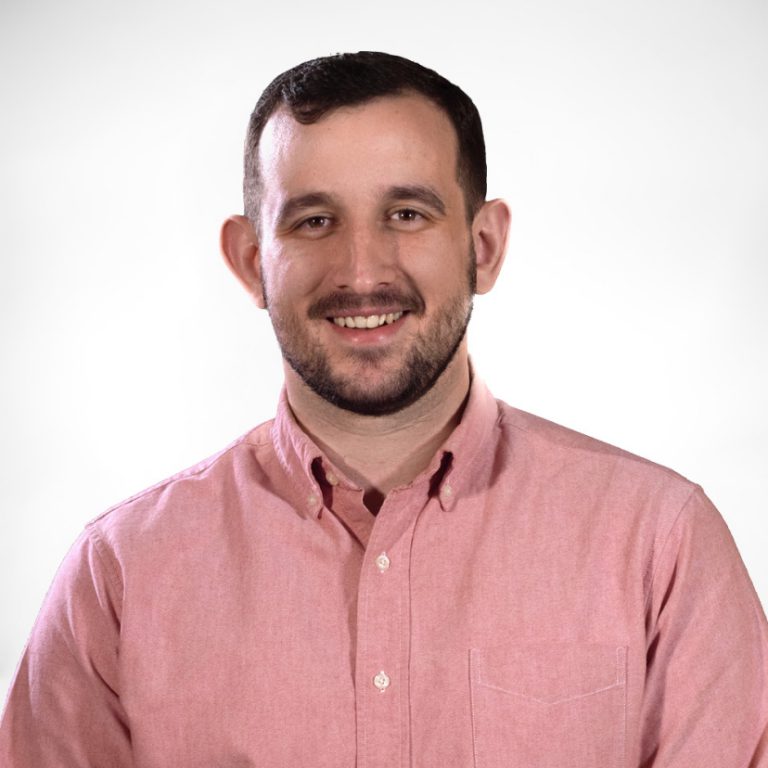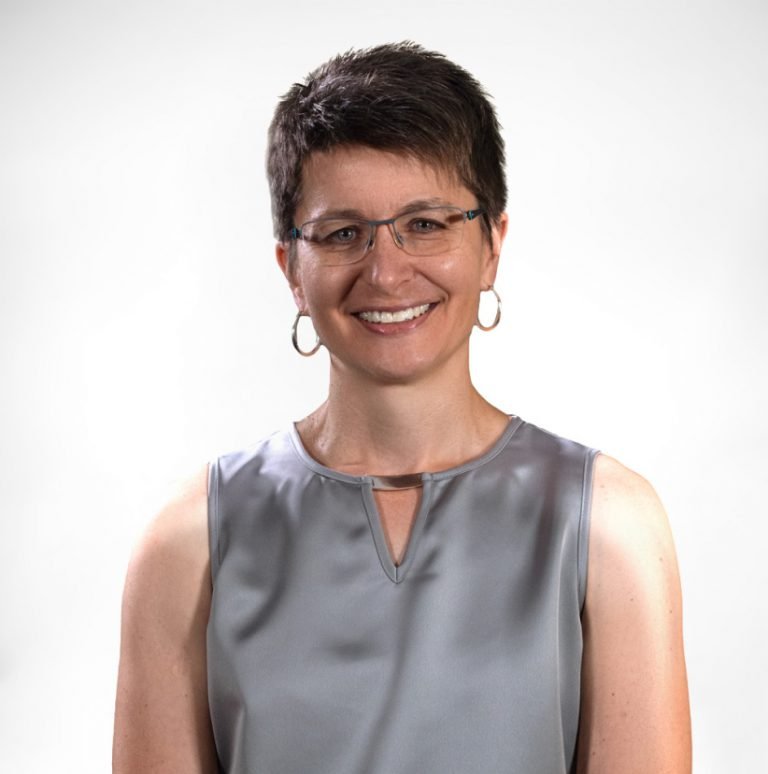John still remembers his first computer fondly: a TRS-80 Model, circa 1978. He taught himself BASIC then TRS-80 Assembly Language programming, in the process learning about the inside workings of computers. Thus his fascination with technology was launched, and it’s never stopped growing.
Before joining Bonnie in building Thinkpiece, John built his technology and financial chops as a trading analytics programmer and software engineer. After running out of funds to finish his PhD in theoretical physics, John completed his bachelor’s in computer science with a (prescient, we might add) emphasis in AI. John worked for several financial services technology companies until his wife and collaborator Bonnie announced that she wanted to start her own market research firm. John stepped in as the technology lead who’s equally comfortable talking with software engineers and c-level executives.
Though he tends to downplay the title, John also serves as the company’s Chief Operating Officer. While helping clients extract maximum value from market research to move their products and services forward, John also helps with the day-to-day tactical running of Thinkpiece. And when the team has any computer issues, he still gets a kick out of solving them.
Fun fact: A man of many talents, John has worked as a professional chef and a semi-professional poker player. He also brews his own beer, and is happy to send you a sample.
“Our clients are smart, hard-working, passionate, and sometimes saddled with square pegs that they need to fit in to round holes. They deserve success. I want Thinkpiece to make a difference in our clients’ pursuit of that success.” — John Dibling






